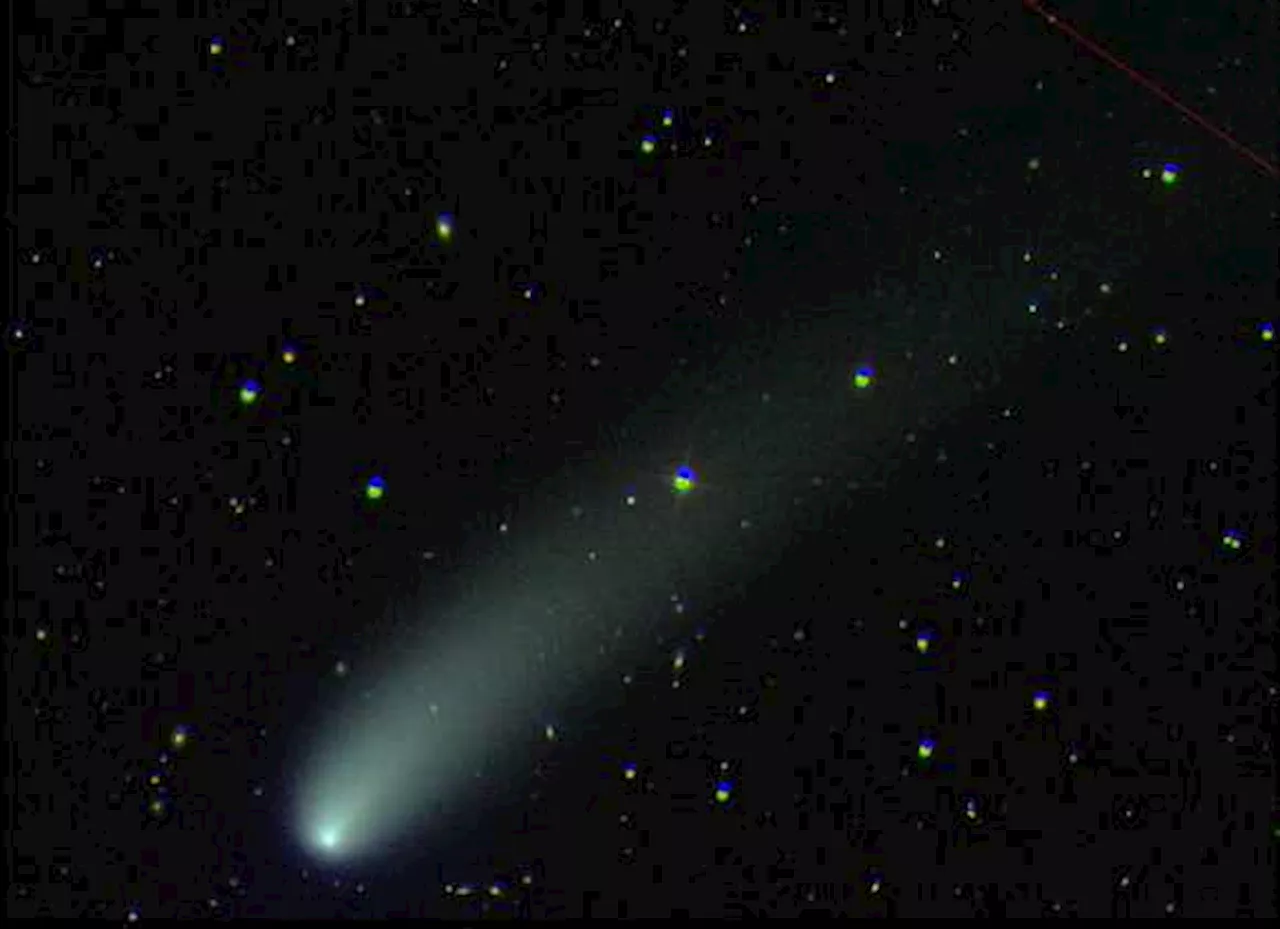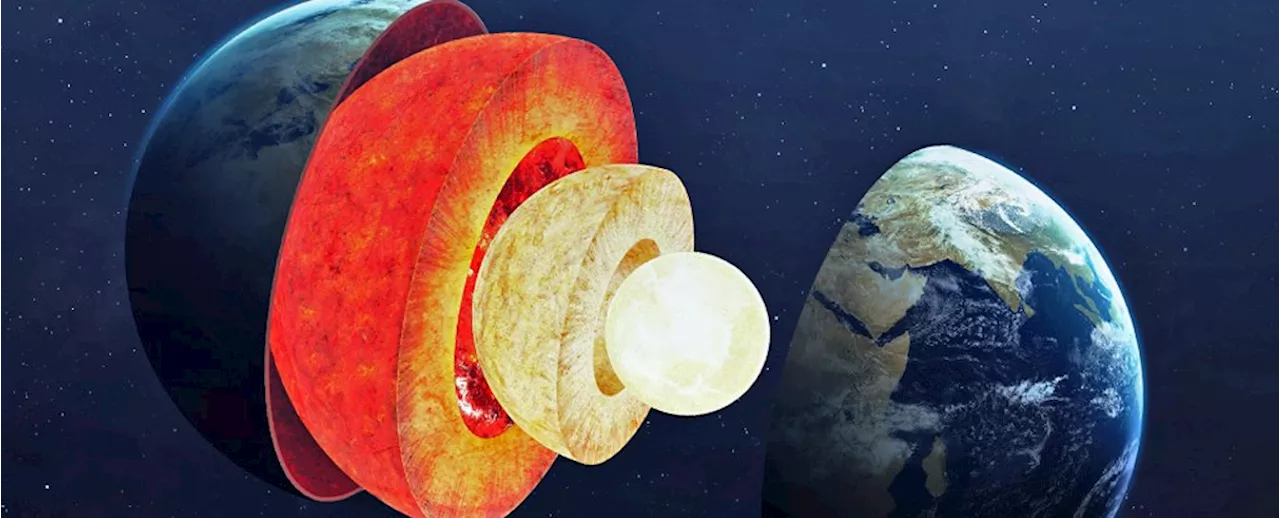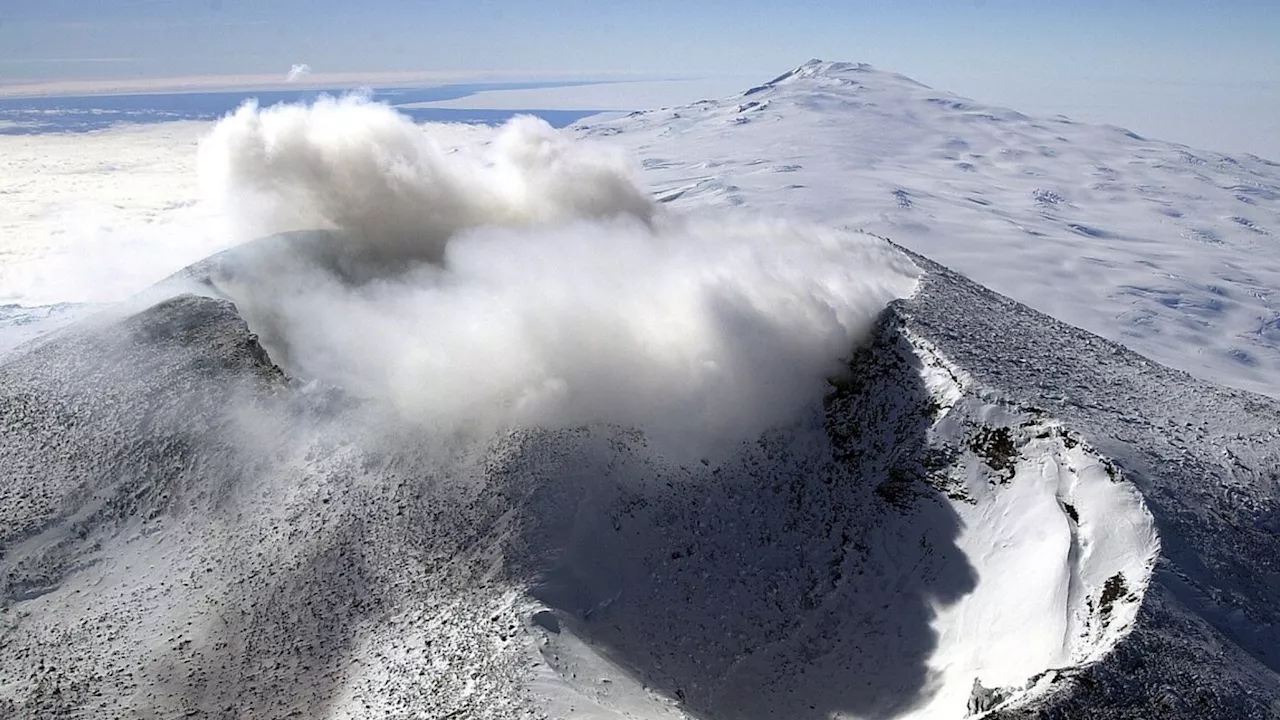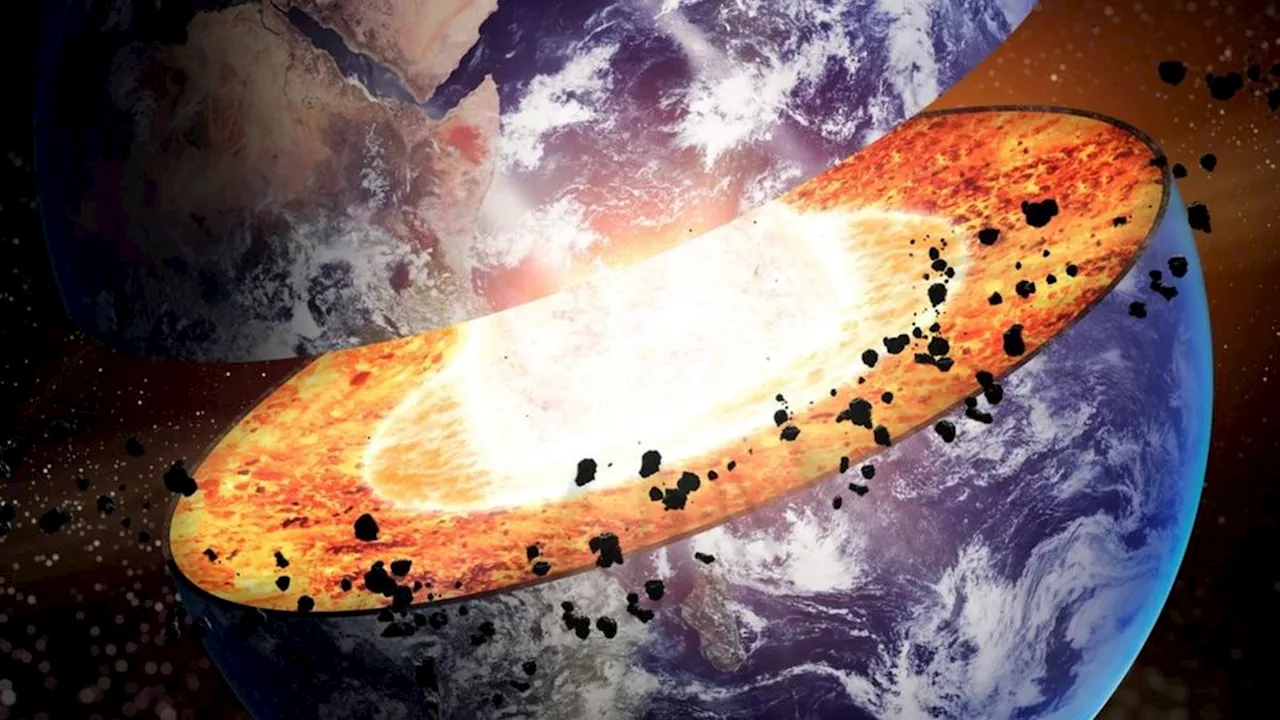Scientists have discovered potential fragments of Earth's ancient crust, known as subducted slabs, deep within the mantle using a new, high-resolution seismographic imaging technique.
A groundbreaking study has revealed the potential existence of numerous subducted slabs deep within Earth 's mantle, the planet's second outermost layer. These slabs, sometimes referred to as 'sunken worlds,' are ancient sections of the Earth 's crust that have been pulled down into the mantle through subduction zones, where tectonic plates collide. Researchers employed a novel seismographic imaging technique called full-waveform inversion to create a detailed 3D model of the mantle.
This method involves using computer models to combine seismographs derived from individual earthquakes across the globe, resulting in a single, clear image of the Earth's interior. The new model highlights anomalies within the mantle where seismic waves travel slower than usual. These anomalies, which could be fragments of subducted slabs, are distributed throughout the mantle, including locations where no known tectonic activity has occurred. This unexpected finding raises questions about the origin and formation of these 'blobs,' suggesting the possibility of ancient crustal material or other dense materials originating within the mantle billions of years ago.While the identity of these blobs remains a mystery, researchers believe they could shed light on the Earth's geological history and the processes shaping its interior. Further investigations, including analyzing the material properties and wave speeds within these anomalies, are crucial to unraveling their true nature
EARTH MANTLE SUBDUCTION SEISMIC WAVES GEOLOGICAL HISTORY
United States Latest News, United States Headlines
Similar News:You can also read news stories similar to this one that we have collected from other news sources.
 Hunting for Hidden Comets: A New Technique to Protect EarthScientists are developing a method to track long-period comets using meteor shower data, aiming to identify potential threats to Earth.
Hunting for Hidden Comets: A New Technique to Protect EarthScientists are developing a method to track long-period comets using meteor shower data, aiming to identify potential threats to Earth.
Read more »
 Earth's Inner Core May Have a Hidden Innermost LayerNew research suggests that Earth's inner core, already known for its extreme heat and density, might have a smaller, even hotter layer at its center. Scientists analyzed seismic wave data and found evidence of distinct changes in how waves travel through the inner core, hinting at a possible two-layered structure.
Earth's Inner Core May Have a Hidden Innermost LayerNew research suggests that Earth's inner core, already known for its extreme heat and density, might have a smaller, even hotter layer at its center. Scientists analyzed seismic wave data and found evidence of distinct changes in how waves travel through the inner core, hinting at a possible two-layered structure.
Read more »
 100 hidden volcanoes: Rapid Antarctic ice melt could open gates of hell on earthResearchers from Brown University conducted 4,000 computer simulations to examine how ice sheet loss influences Antarctica's buried volcanoes.
100 hidden volcanoes: Rapid Antarctic ice melt could open gates of hell on earthResearchers from Brown University conducted 4,000 computer simulations to examine how ice sheet loss influences Antarctica's buried volcanoes.
Read more »
 Canada Rare Earth to Acquire 70% Stake in Laos Rare Earth RefineryCanada Rare Earth (TSX.V: LL) has signed a memorandum of understanding to purchase 70% of a fully permitted rare earth refinery in Laos. The refinery, with a production capacity of 3,000 tonnes per year, is expected to be operational by Q4 2025 after modest refurbishments. The company aims to secure offtake agreements and investment to support the refinery's operation and ensure a stable supply of key rare earth oxides.
Canada Rare Earth to Acquire 70% Stake in Laos Rare Earth RefineryCanada Rare Earth (TSX.V: LL) has signed a memorandum of understanding to purchase 70% of a fully permitted rare earth refinery in Laos. The refinery, with a production capacity of 3,000 tonnes per year, is expected to be operational by Q4 2025 after modest refurbishments. The company aims to secure offtake agreements and investment to support the refinery's operation and ensure a stable supply of key rare earth oxides.
Read more »
Canada Rare Earth Secures 70% Stake in Laos Rare Earth RefineryCanada Rare Earth announced it has signed a Memorandum of Understanding with a Laotian company to purchase 70% of a fully permitted rare earth refinery. The refinery, with a capacity of 3,000 tonnes per year, was built 12 years ago but has remained idle due to policy changes. The Lao government is now supporting the refinery's operation and encouraging in-country processing of rare earth concentrates. The refinery is expected to be operational in Q4 2025 after minor refurbishments.
Read more »
![Just a fraction of the hydrogen hidden beneath Earth's surface could power Earth for 200 years, scientists find [clone]](https://i.headtopics.com/images/2025/1/1/spacedotcom/just-a-fraction-of-the-hydrogen-hidden-beneath-ear-just-a-fraction-of-the-hydrogen-hidden-beneath-ear-7CDD657C2F639E3426BD71F561A07ED0.webp?w=640) Just a fraction of the hydrogen hidden beneath Earth's surface could power Earth for 200 years, scientists find [clone]Skyler Ware is a freelance science journalist covering chemistry, biology, paleontology and Earth science. She was a 2023 AAAS Mass Media Science & Engineering Fellow at Science News. Her work has also appeared in Science News Explores, ZME Science and Chembites, among others. Skyler has a Ph.D. in chemistry from Caltech.
Just a fraction of the hydrogen hidden beneath Earth's surface could power Earth for 200 years, scientists find [clone]Skyler Ware is a freelance science journalist covering chemistry, biology, paleontology and Earth science. She was a 2023 AAAS Mass Media Science & Engineering Fellow at Science News. Her work has also appeared in Science News Explores, ZME Science and Chembites, among others. Skyler has a Ph.D. in chemistry from Caltech.
Read more »
